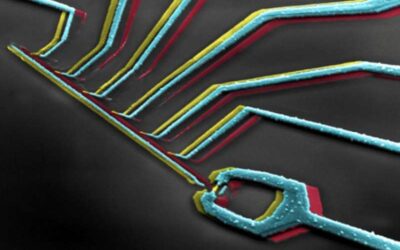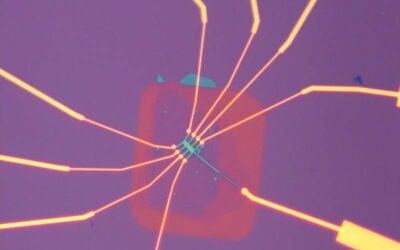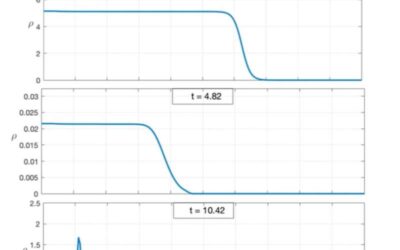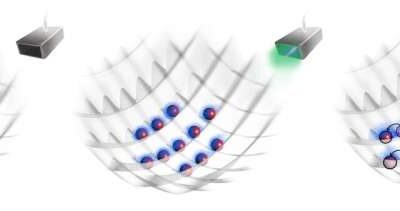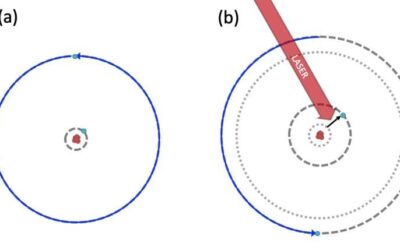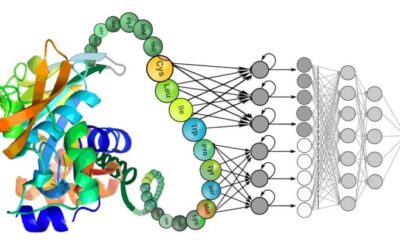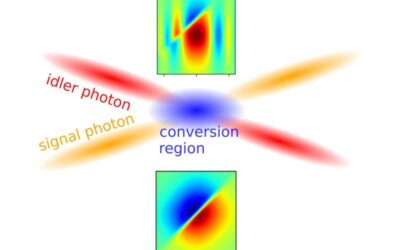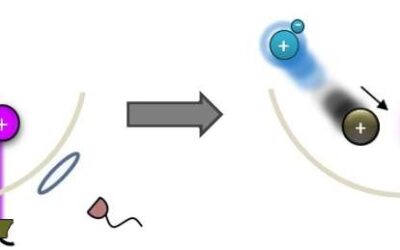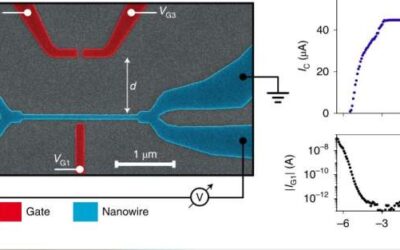Superconductors are materials that can achieve a state known as superconductivity, in which matter has no electrical resistance and does not allow the penetration of magnetic fields. At low temperatures, these materials are known to be highly effective thermal...
PHYS.ORG
From conventional to strange metal behavior in magic-angle twisted bilayer graphene
Magic-angle twisted bilayer graphene (MATBG) is a graphene-based material with a unique structure, consisting of two graphene sheets layered on top of each other with a misalignment of approximately 1.1°. This unique structure has been found to host various...
Theoretical model offers a new perspective on black hole formation and evolution
Black holes are regions in space characterized by gravitational fields so intense that no matter or radiation can escape from them. They are solutions to Einstein's field equations, with a point of unphysical infinite density at their center.
Study introduces loss-free matter-wave polaritons in an optical lattice system
Polaritons are quasiparticles that are formed when photons couple strongly with excitations of matter. These quasi-particles, which are half-light and half-matter, underpin the functioning of a wide range of emergent photonic quantum systems, including...
Study achieves the optical coherent manipulation of circular Rydberg states
Rydberg atoms are excited atoms that contain one or more electrons with a high principal quantum number. Due to their large size, long-range dipole-dipole interactions and strong coupling to external fields, these atoms have proved to be promising systems for the...
Study evaluates deep learning models that decode the functional properties of proteins
Deep learning–based language models, such as BERT, T5, XLNet and GPT, are promising for analyzing speech and texts. In recent years, however, they have also been applied in the fields of biomedicine and biotechnology to study genetic codes and proteins.
Study highlights the possibility of building wave-shape-tolerant qubit gates
Quantum computers, machines that leverage quantum states to perform computations and store data, could soon revolutionize the computing industry, achieving significantly greater speeds and performance than existing computers. While countless companies worldwide,...
A new technique to detect collisions between single atom-ion pairs
Quantum chemistry is the branch of chemistry that explores the applications of quantum mechanics to chemical systems. Studies in this field can help to better understand the behavior of pairs or groups of atoms in a quantum state as well as the chemical reactions...
Borexino gathers the first directional measurement of sub-MeV solar neutrinos using a monolithic scintillation detector
Borexino is a large-scale particle physics experiment that collected data until October 2021. Its key mission was to study low energy (sub-MeV) solar neutrinos using the Borexino detector, the world's most radio-pure liquid scintillator calorimeter, located at the...
Study shows how superconductivity can be switched on and off in superconductors
Superconductors are materials that can enter a state of no electrical resistance, through which magnetic fields cannot penetrate. Due to their interesting properties, many material scientists and engineers have been exploring the potential of these materials for a...

